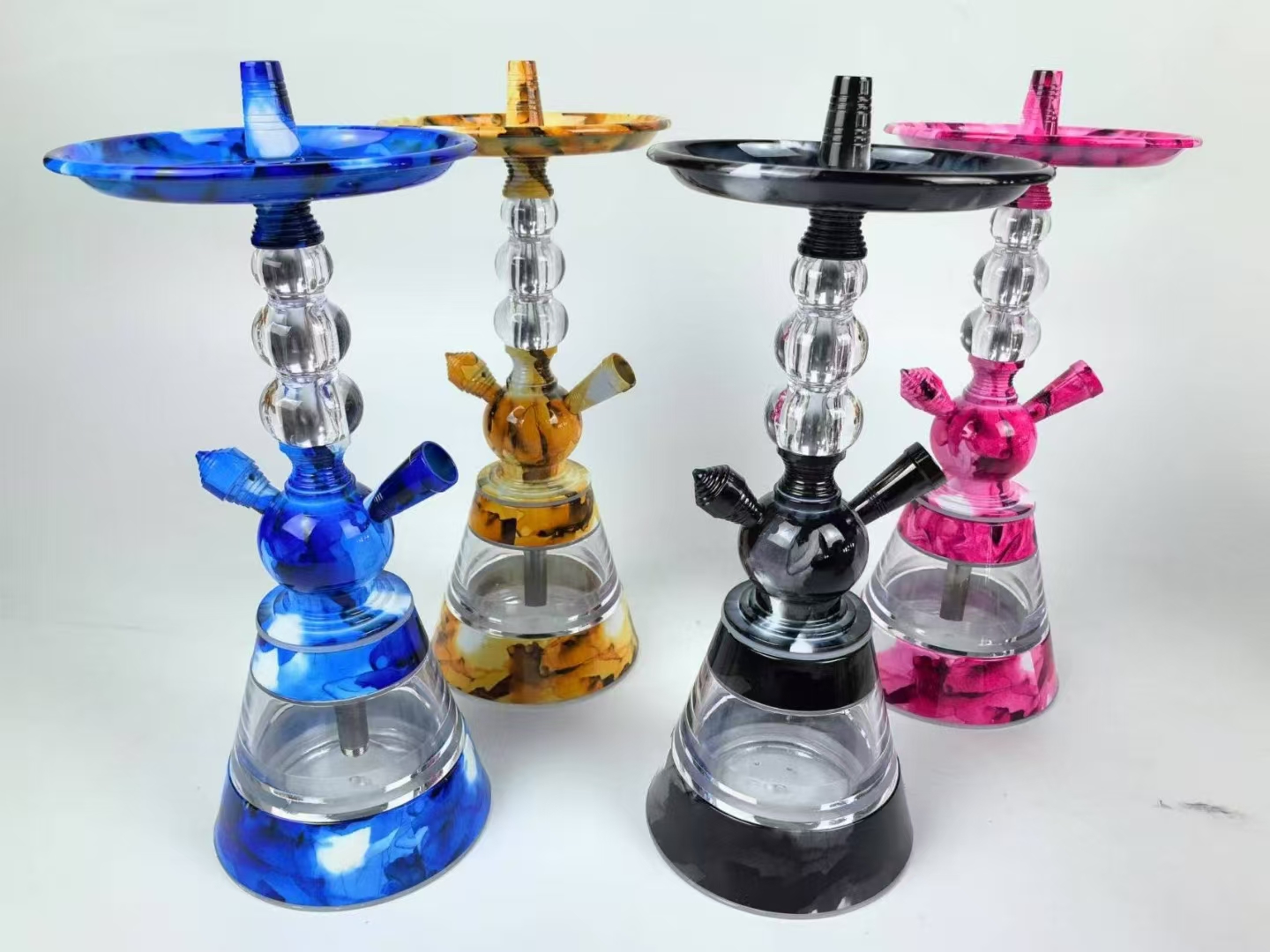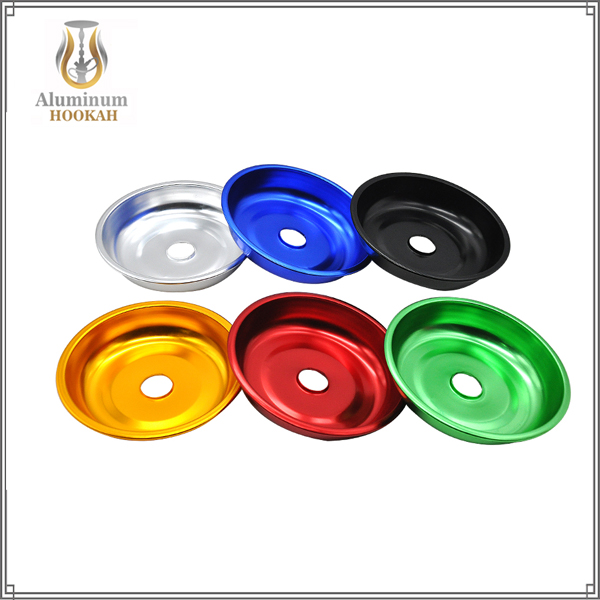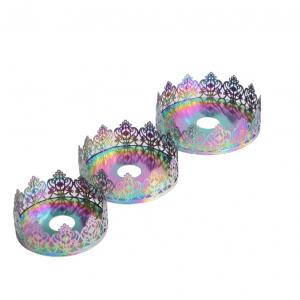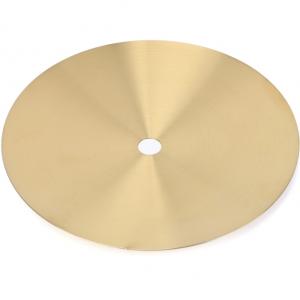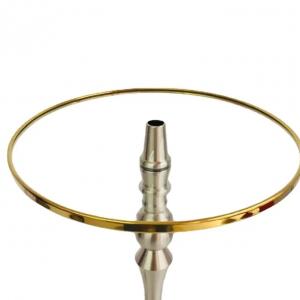Hookah trays, the part of a hookah device used to hold the tobacco and facilitate heating, have various material options that are crucial for user experience and safety. Below is a detailed introduction of hookah trays from the perspective of materials, including the introduction of aluminum alloy material:
I. Main Materials
-
Ceramic Material
- Characteristics: High temperature resistance, not easily deformed, and has certain ornamental value.
- Advantages: Can withstand high temperatures generated during heating and has a beautiful appearance.
- Disadvantages: Relatively heavy and fragile.
-
Stainless Steel Material
- Characteristics: Good corrosion resistance and durability, able to withstand large pressures and temperature changes.
- Advantages: Simple design, easy to clean and maintain.
- Disadvantages: Good thermal conductivity, so caution is needed to avoid overheating during heating.
-
Glass Material
- Characteristics: High transparency, allowing clear observation of the tobacco burning process and smoke production.
- Advantages: High temperature resistance and highly ornamental during use.
- Disadvantages: Fragile, requiring careful handling to avoid scratches or impacts.
-
Aluminum Alloy Material
- Characteristics: Aluminum alloy hookah trays are typically made of high-quality aluminum alloy, such as 6061-T6, which is cut and processed into the desired shape. Aluminum alloy is not only lightweight but also has good corrosion resistance and durability.
-
Advantages:
- Lightweight: Compared to other materials, aluminum alloy hookah trays are easier to carry and move.
- Corrosion Resistance: 6061-T6 aluminum alloy has excellent corrosion resistance, able to withstand the erosion of water, air, and other environmental factors, thereby extending its service life.
- Good Heat Dissipation: Aluminum alloy has excellent heat dissipation properties, which helps reduce the temperature of the heating part and improves safety during use.
- Easy to Process: Aluminum alloy is easy to cut, process, and weld, allowing for the production of hookah trays in various shapes and sizes to meet the needs of different users.
- Disadvantages: The cost of aluminum alloy hookah trays may be relatively high, and in some extreme environments (such as high temperatures or highly corrosive environments), additional protective measures may be required.
II. Material Selection Suggestions
-
Based on the Use Environment:
- Indoor Use: Ceramic or glass materials are more ornamental and suitable for users who pursue aesthetics and atmosphere.
- Outdoor Use: Stainless steel or aluminum alloy materials are more durable and suitable for users who need frequent movement or face harsh environments.
-
Based on Personal Preferences:
- Users who prefer a minimalist style can choose stainless steel or aluminum alloy materials.
- Users who prefer colorful and patterned designs can choose ceramic materials.
- Users who prioritize transparency and ornamental value can choose glass materials.
-
Considering Cost-Effectiveness:
- While ensuring quality, it is wiser to choose products with high cost-effectiveness. Although aluminum alloy hookah trays may have a higher cost, considering their lightweight nature, corrosion resistance, and good heat dissipation properties, they are a good choice for users who pursue high quality and long-term use.
III. Precautions
- Safety in Use: Regardless of the material chosen for the hookah tray, safety should be prioritized during use. Avoid direct contact between the heating part and flammable materials and ensure good ventilation during use.
- Regular Cleaning: To maintain the hygiene and performance of the hookah tray, it needs to be cleaned and maintained regularly. Depending on the material, select appropriate cleaning methods and tools.
- Compliant Use: In some areas or occasions, the use of hookahs may be restricted or prohibited by laws and regulations. Before use, please ensure that you understand and comply with the relevant local laws and regulations.
In summary, hookah trays come in various materials with their own advantages and disadvantages. When selecting, one should consider factors such as the use environment, personal preferences, and budget. Additionally, safety and hygiene should be prioritized during use.
